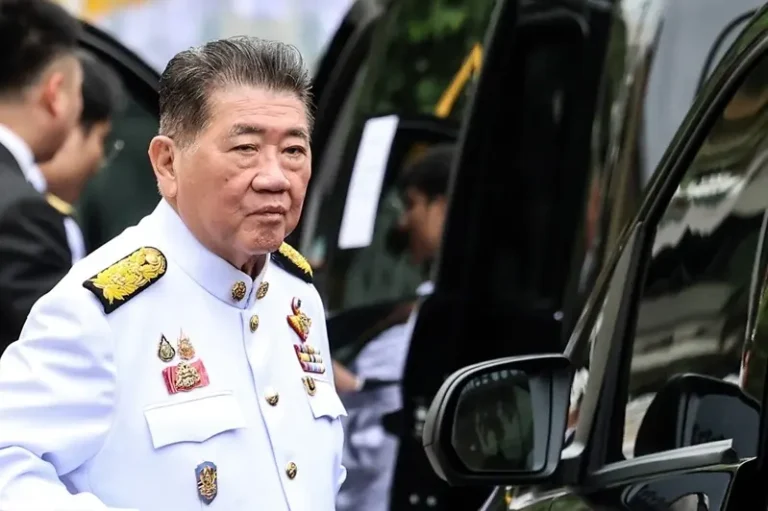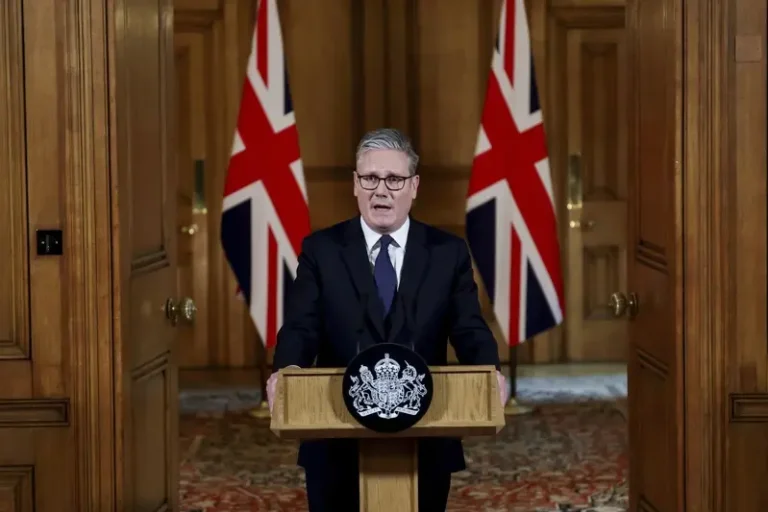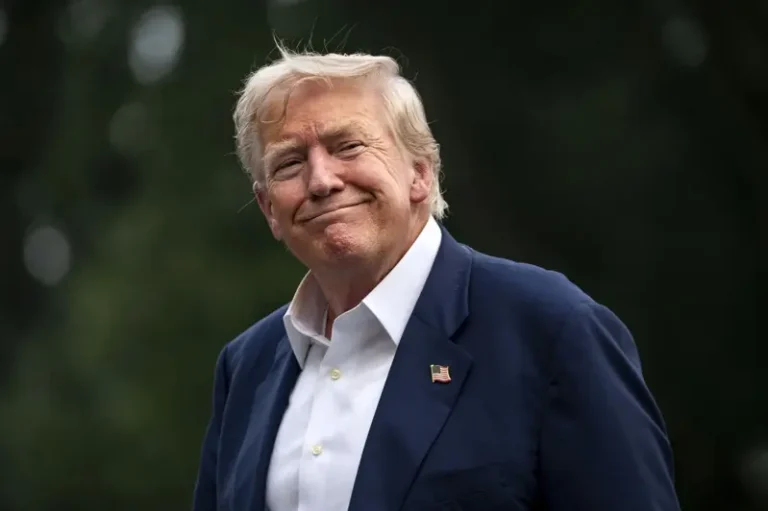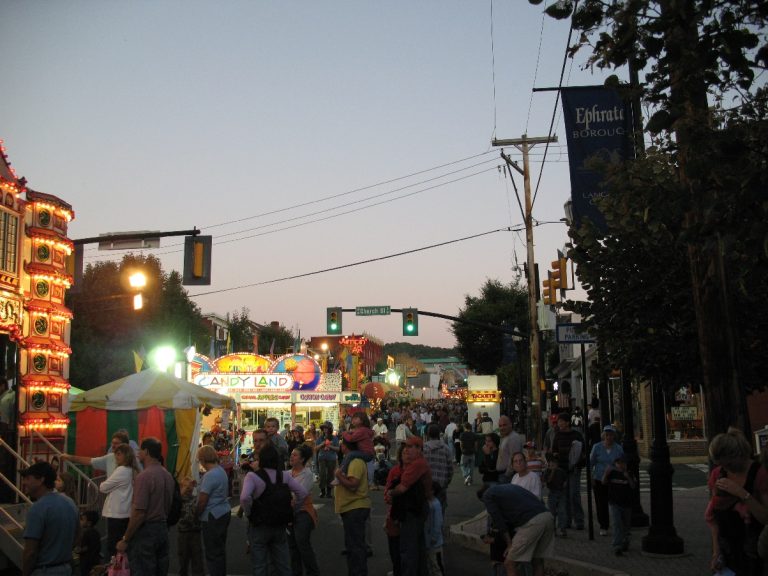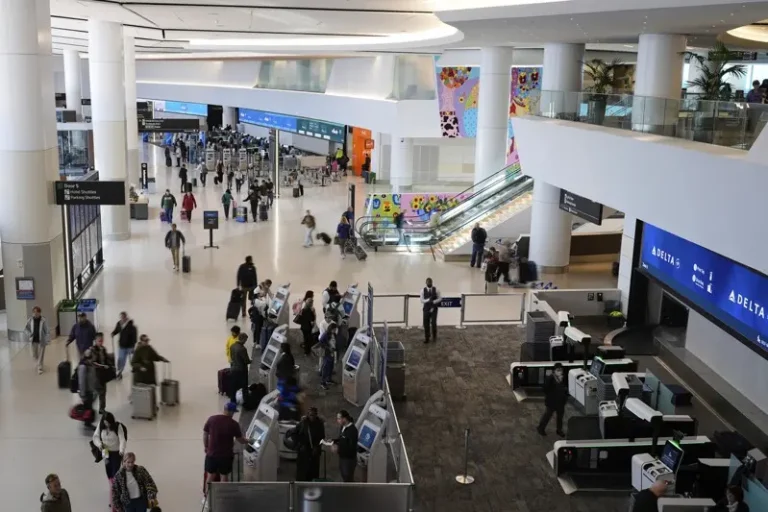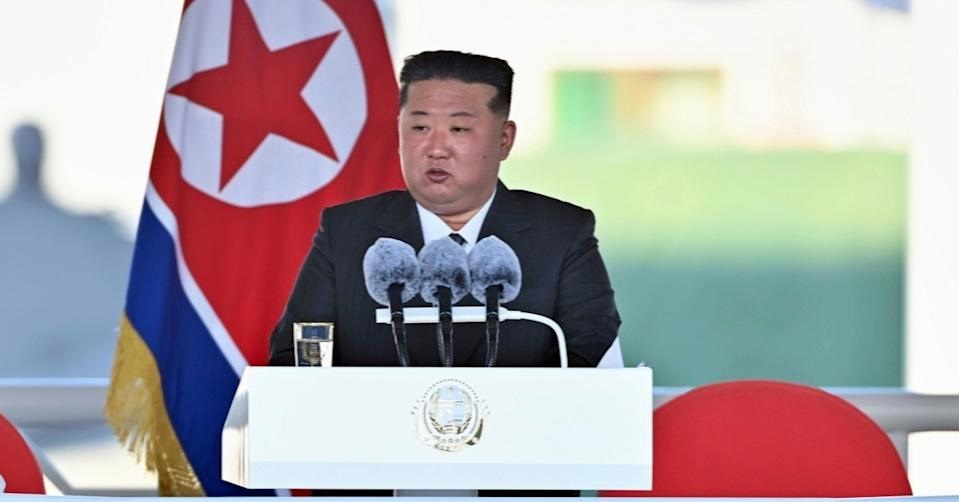
North Korea recently held a high-profile memorial ceremony for soldiers killed in the “Western Sea Fire Incident”. Leader Kim Jong-un rarely attended in person, and even walked to the coffin to caress the bodies of the dead soldiers with a sad expression. However, foreign media and South Korean experts criticized this as a “crocodile tears” propaganda, using the sacrifice of soldiers to shape the leader’s compassionate image, while strengthening hostility and diverting internal conflicts.
According to reports from Reuters and Yonhap News Agency, the North Korean Ministry of Defense recently announced that a military conflict occurred in the waters bordering the Yellow Sea and South Korea in early June, and several North Korean naval soldiers “heroically died”. On July 12, the Korean Central News Agency rarely released the footage of Kim Jong-un attending the memorial. He was wearing a suit and stood in the center of the mourning hall with a solemn face. He bowed his head in silence, wiped his tears, and even touched the coffin in front of the coffin, with a mournful expression.
However, this footage has caused widespread discussion in South Korea. Moon Geun-hyuk, a professor at the Institute of North Korean Studies at Yonsei University, bluntly said: “This is a high-level political show.” North Korea rarely announces the casualties of its soldiers. This abnormal move is obviously intended to create a propaganda effect of “the leader cares about the soldiers”, and also to exaggerate the antagonism between the North and the South, covering up the livelihood crises such as food shortages and economic difficulties.
Another South Korean netizen dug out a video in which Kim Jong-un was surrounded by senior military officials and a group of mourning women in white clothes, and even a female soldier “crying and sitting on the ground”, saying that “everything was arranged too dramatically” and “it was just like a movie scene.”
In recent years, North Korea has continued to strengthen its war awareness through official media and use soldiers as heroes. Although the outside world questioned the authenticity of the incident and the casualty data, North Korea continued to use similar images for spiritual mobilization, showing that its internal propaganda strategy is becoming increasingly tough.

